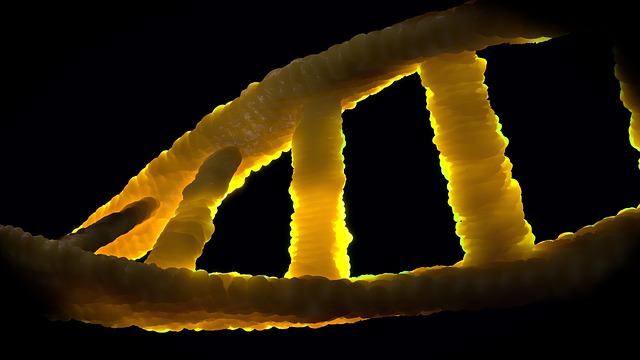Understanding the Complexity and Impact of Segmental Duplication in Our Genomes
Our genome is a fascinating tapestry woven from the threads of DNA, each segment carrying the story of our evolutionary past and biological function. Within this intricate fabric lies a phenomenon known as segmental duplication, a process that not only sparks genomic diversity but also poses intriguing challenges for genetic analysis and interpretation.
Segmental duplication refers to the presence of large, nearly identical copies of DNA sequences within the genome. Unlike smaller repetitive elements scattered throughout our DNA, these duplications often span thousands to hundreds of thousands of base pairs, creating blocks of highly similar sequences. Such duplications can be present on the same chromosome or distributed across different chromosomes, contributing to the dynamic nature of the genome.
Why Does Segmental Duplication Matter?
In the realm of Genomika, grasping the nuances of segmental duplication is key to decoding not just genetic variation but also evolutionary history and disease susceptibility. These duplicated regions can foster gene innovation by providing raw material for the creation of novel genes through divergence. However, their high similarity can also lead to misalignments during cellular processes like meiosis, resulting in genomic rearrangements such as deletions, duplications, and inversions.
Such rearrangements have profound implications for human health. Segmental duplications are hotspots for genetic disorders due to non-allelic homologous recombination—a mechanism where mispaired sequences exchange genetic material erroneously. Diseases such as Charcot-Marie-Tooth syndrome, DiGeorge syndrome, and certain forms of autism have been linked to these genomic instabilities.
A Window into Evolution and Adaptation
From an evolutionary perspective, segmental duplication acts as a powerful driver of genetic diversity. By creating copies of genes, nature affords itself opportunities to experiment with gene functions without compromising the original gene’s role. Over time, duplicated segments may acquire mutations that confer new biological functions or regulatory mechanisms, thus contributing to the adaptability of species.
Challenges in Genomic Research
Despite their importance, segmental duplications present significant hurdles in genomic research and sequencing efforts. Their near-identical nature makes it difficult to accurately map and assemble genomes, often leading to gaps or errors in reference sequences. Advances in long-read sequencing technologies and bioinformatic algorithms are gradually overcoming these obstacles, enabling clearer insights into these complex regions.
As we continue to unravel the mysteries of our genome, appreciating the role of segmental duplication helps us better understand the delicate balance between genomic stability and innovation. In the vibrant field of Genomika, this knowledge not only deepens our grasp of genetic architecture but also guides precision medicine, evolutionary biology, and biotechnology.




